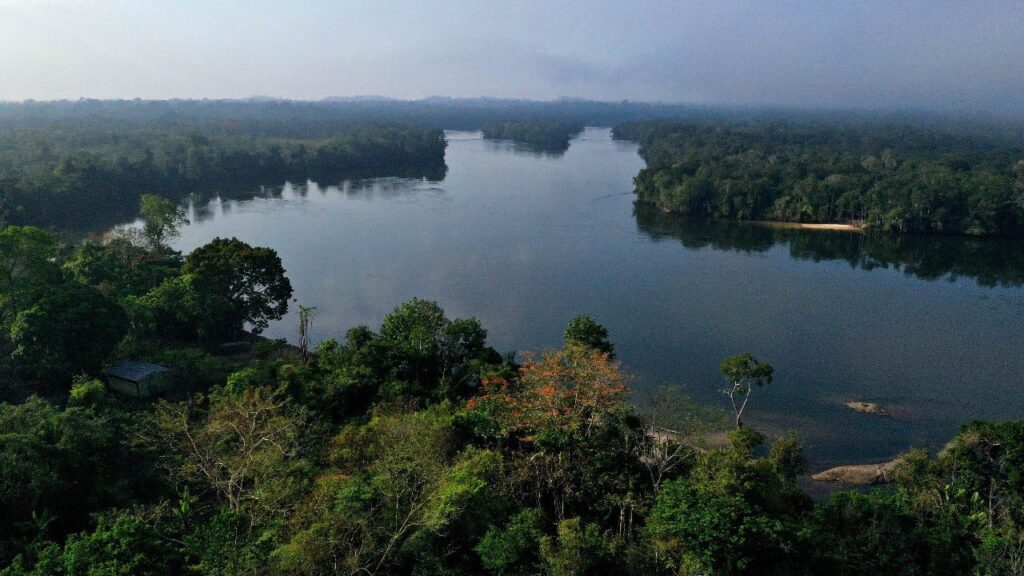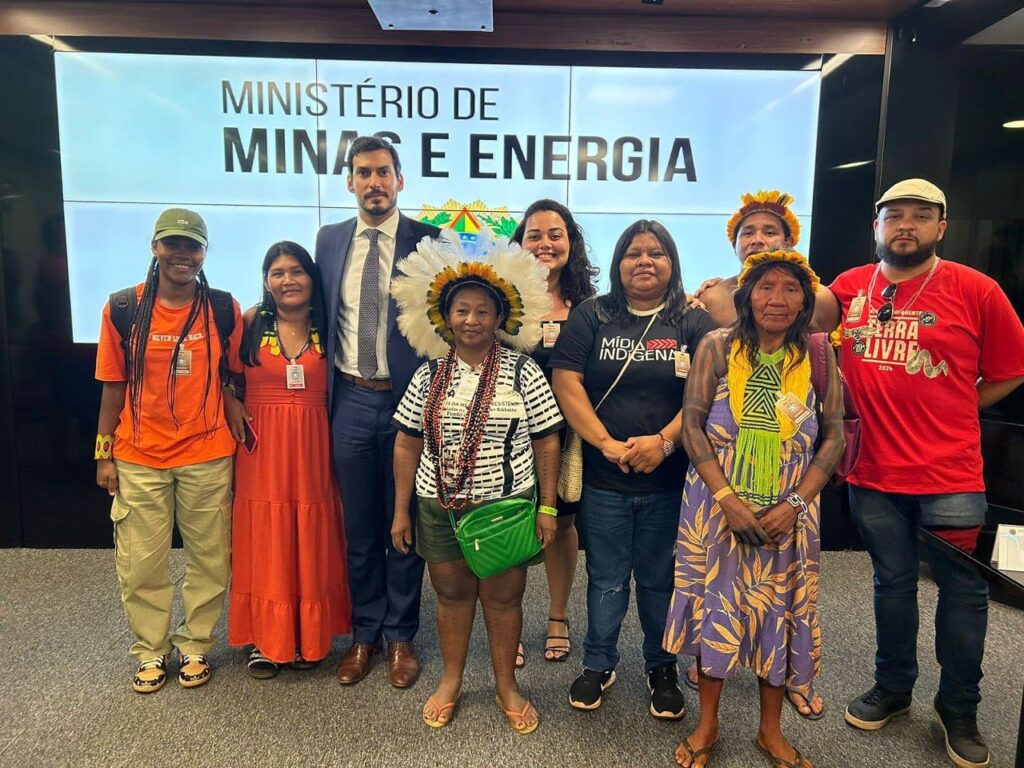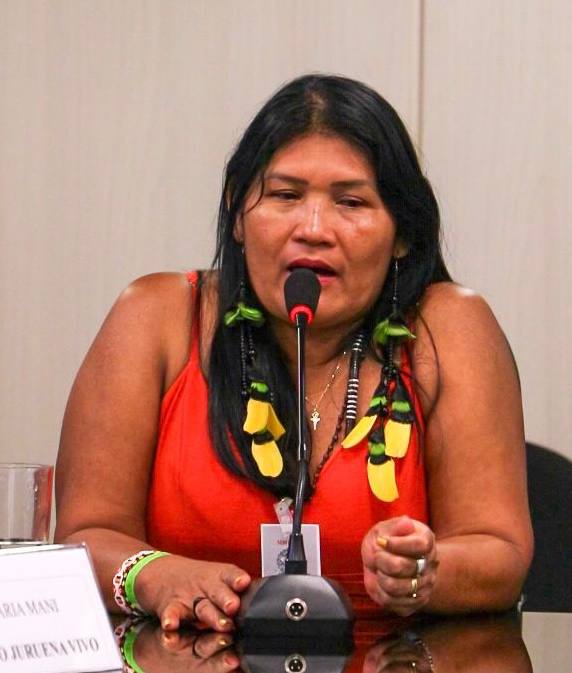The Federal government’s promise to give up from time to time on the PROJECT Browne
After the filing of the license, the government takes the brazil nut tree’s ten-year Plan for Energy (PDE), and it promises to departure from the Plan of the Partnership and Investment (PPI)
By Larissa Smith, Network, Juruena Live, and Andreas Fanzeres/OPAN

After a long struggle led by the Network to the Juruena Live, the construction of the Hydroelectric power Plant (HPP) from the brazil nut, a proposal to stop the Arinos river, a tributary of the Juruena rivers, and to the filing of the environmental licensing process for the project by the Secretary of State for Environment in the state of Mato Grosso (SEMA-MT the Ministry of Mines and Energy (MME) has announced in a meeting held in Brasilia, which you will remove with the design of a new ten-year Plan for Energy (PDE). The decision was announced on the leadership of indigenous peoples, and civil society, while the Camp-Land of the Free (ATL), on the 25th of April. And it represents a milestone in the protection of the rights of affected communities, and the preservation of the environment, after years and years of worry or resistance.

The design of the hydroelectric PLANT in brazil nut has been provided for the Arinos river, in the municipality of Juara, in the northwestern part of the state of Mato Grosso, and had a study conducted by the Energy Research Company (EPE). But, for the sake of their power to a small amount (140MW), and is located in the state, licensing and environmental, which began in 2013, it became the office of the Secretary of State for the Environment (SEMA).
Since then, the project has faced stiff opposition from the local community due to their potential impacts on the environmental, cultural and socio-economic challenges. Studies have shown that the construction of the plant would lead to five different indigenous peoples: Despite that, the Munduruku, Apiaká, Kawaiwete, and the Tapayuna, who were not consulted in the way that the free, prior and informed consent, according to the law. In addition to this, the Tapayuna have never been called in for a discussion about the project, which is located in the territory traditionally occupied by. The damage to the ecosystem of the Arinos river, which is vital for the survival of the communities, led to concerns about the physical and cultural reproduction in these populations.
During the meeting, to the MME, where she, Mary Mani, leader of the People’s Kawaiwete, he pointed out the importance of the Arinos river, to the indigenous communities and the ‘water is not a commodity for us, water is life!!! We don’t want to, a river, a contaminated, we want the water to be clean. We have to make do with tap water. Because we have clean water, we will have a healthy life.

In addition to the impacts on indigenous communities, the project has also faced criticism as to how socio-economic. The farmers from the communities of the Quarry, and to Palmital, it would have had on their properties, fame, and fear that their efforts will be injured or disabled, with the construction of the power plant. In addition, the economic viability of the enterprise is questionable, because of their high cost and low capacity for power generation.
In a meeting of the RESPONSIBLE representatives of the Network of the Juruena Live, filed a document requesting the removal of the project from the PROJECT a Chestnut tree in the PDE, highlighting the need to respect indigenous peoples ‘ rights, environmental protection, and to be consulted ahead of the free and informed consent of affected communities. In the face of the arguments put forward, but his She Barral Smith, national secretary of the energy transition, and the plan to RESPONSIBLE, informed us that the PROJECT Browne, would be excluded from the PDE 2024-2034. Brent Millikan, the GT-Infrastructure it assesses that the promise would be fulfilled: “THE SDP is replicated each year, and, in theory, the government could try to resume the project. However, with all the opposition of the motion of the base, and all the technical indications of the design is pretty bad in terms of social, environmental, economic, and taking into account the comfort of environmental licensing for the TRUTH – it is not likely that the federal government’s attempt to resume the project, at least in the next few years.”
In spite of this, the project is still in the Plan, Partnerships, and Investments (PPI) of the united states. Regis Stopped the Pinto, the director of the high signal to noise ratio, received on the Network, the Juruena Living survey By the river, and the Operation of the Amazon-Native (OPAN) in the Civil House of the Presidency of the Republic on the next day, the 26th of April, and it’s guaranteed that the application for withdrawal, to the design of the power PLANT Walnut in the program will be carefully considered, but did not give any timeframe for a final decision.
